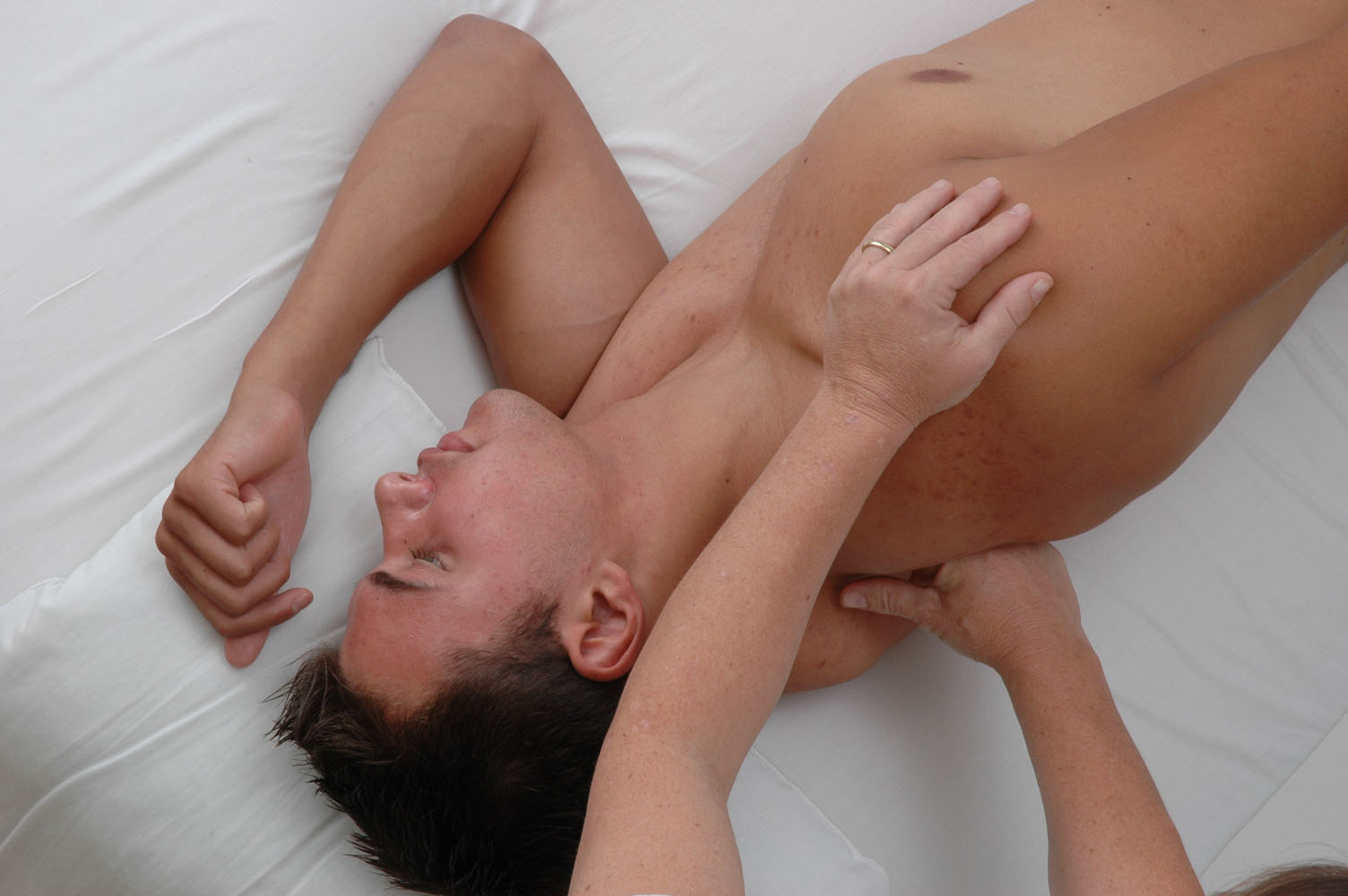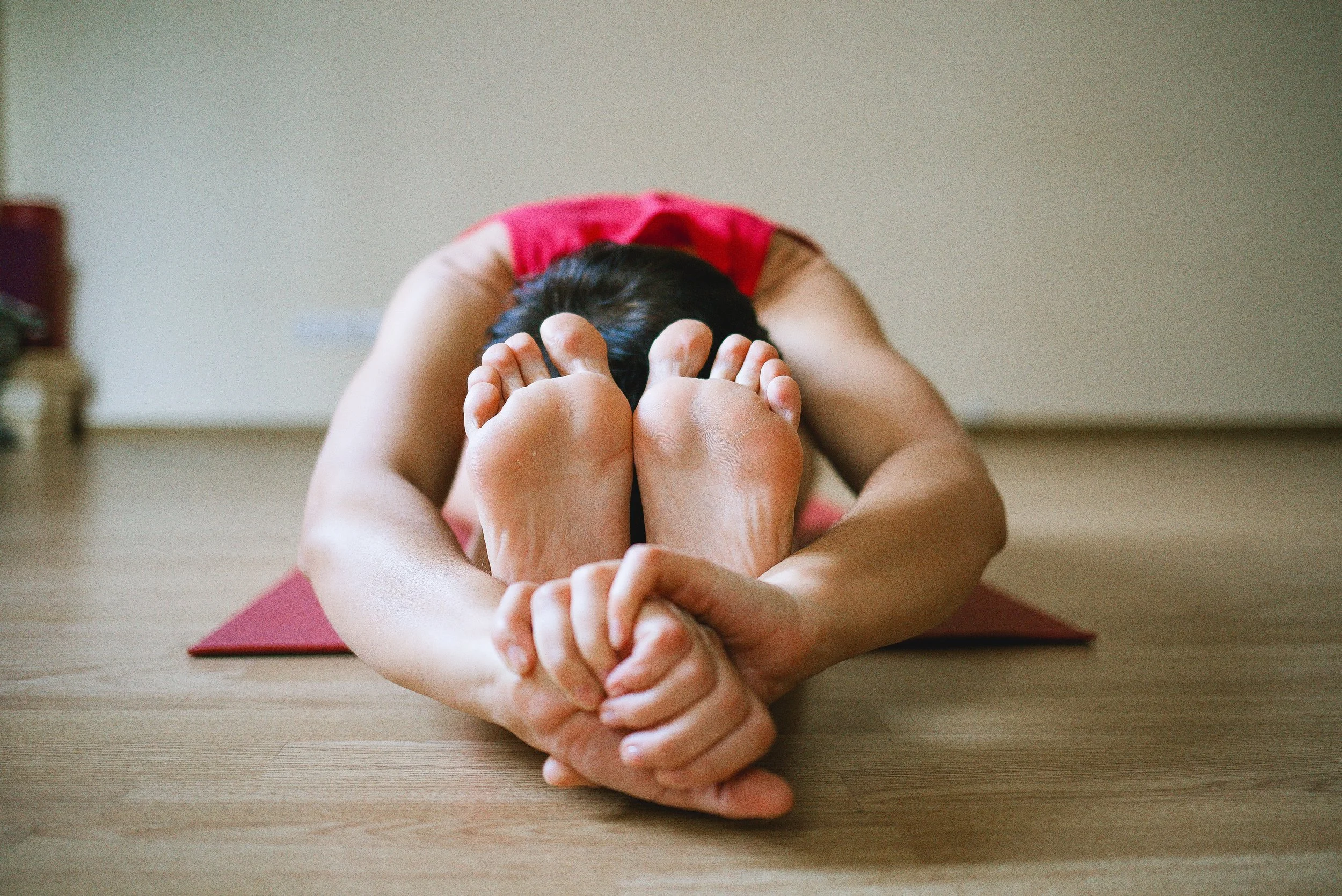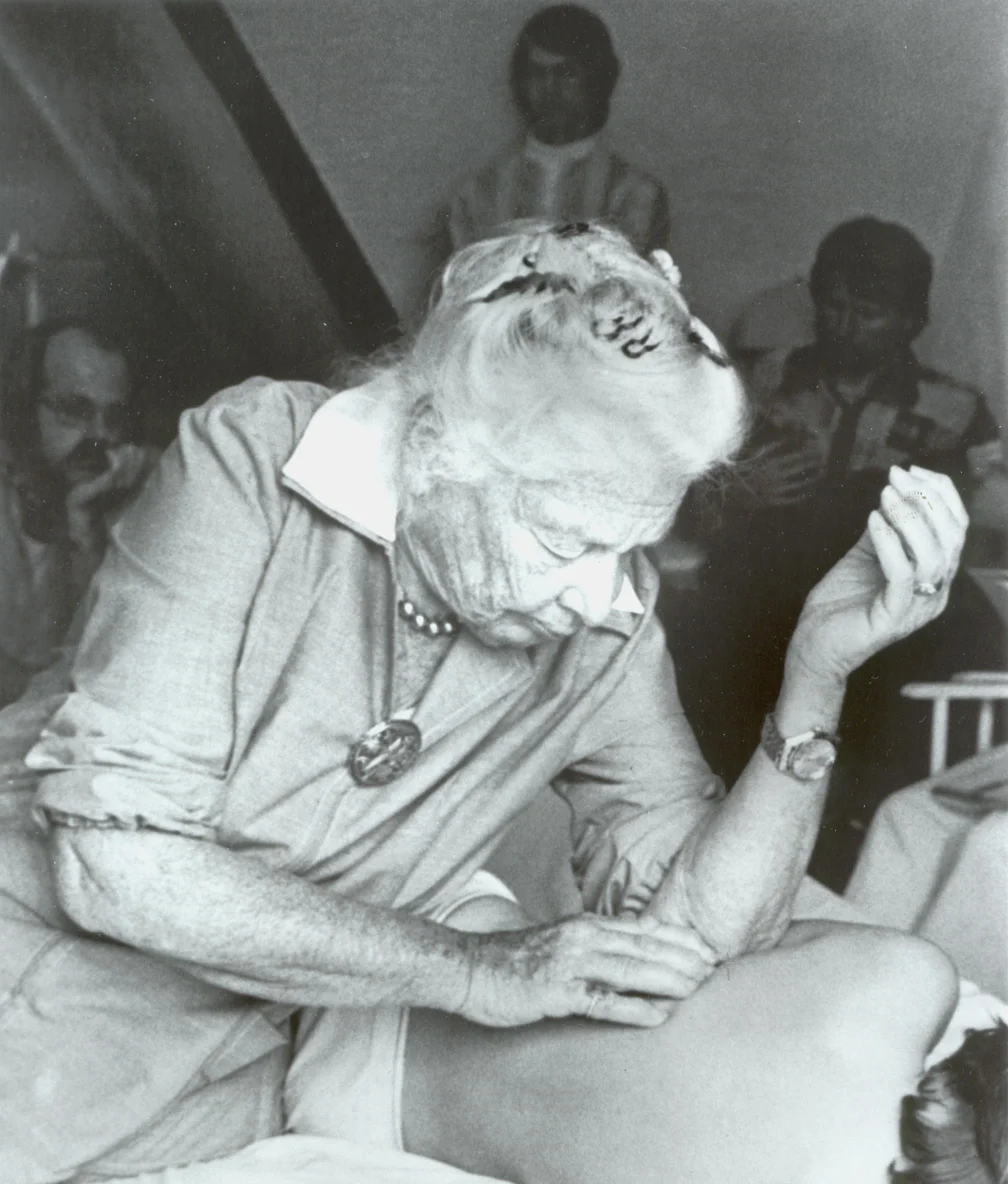
“If you can imagine how it feels to live in a fluid, light, balanced body, free of pain, stiffness and chronic stress, at ease with itself and the gravitational field, then you will understand the purpose of Rolfing. ”
What is Rolfing® Structural Integration?
Rolfing® Structural Integration is a system of manual therapy bodywork which works with your entire body - not just your symptoms - to create lasting change.
Rolfing uses hands-on techniques to free the body of restrictions and return it to a state of ease, freedom and natural alignment.
The true beauty of Structural Integration comes from the process of the 10-series. This is a process that works through your entire body, addressing long-term holding patterns and fundamental problems that you may not even be aware of, bringing balance and ease back to the body. Single sessions and shorter series are also available.
Benefits of Rolfing:
+ bodily alignment +
+ improved posture +
+ relief from aches and pains +
+ more energy +
+ faster recovery from injuries +
The unfortunate reality is that pointed shoes cause bunions.
Fortunately, there are things that can be done. I've summed it up into a easy three-step process.
This is going to be short and sweet. Next time your body hurts, I want you to ask yourself "why?"
The obvious answer is...
What makes Rolfing and yoga such a good combination? The answer is pretty simple, and somewhat surprising.
What are your body goals? Often times when people think about goals for their body it has to do with losing weight, getting in shape, or eating better. These are all wonderful goals and very noble pursuits, but today I want to talk about another type of body goal: actually feeling good.
More often that not, I hear clients report that areas are "tight". It's an incredibly common description, and often goes along with areas that are "sore", "stiff", or otherwise just painful. So what does "tight" actually mean? And what can we do about it?
Rolfing is often seen as a sort of transformative work. Let’s explore three areas where Rolfing can help you transform: physically, proprioceptively, and habitually.
Today, Rolfing is often seen as what we in the industry call “fix-it” work. Meaning you have a problem and you come to Rolfing to fix it. Makes sense, and Rolfing can be quite good for that.
However, there’s another side to it as well: the transformative side. That is to say, using the Rolfing method as a way to transform yourself.
Quit fighting yourself.
This may seem like an odd thing to say, but in a very real way your body is constantly struggling against itself. Throughout your body there are layers of fascial restrictions which cause you to move, stand or sit in certain patterns and positions.
Neck Pain is one of the most common afflictions people come to Rolfing to address. Pain in the neck is a common saying for a reason - it can range from being just annoying to debilitating.
I recently wrote an article for Elephant Journal with some helpful tips on how to improve your meditation posture. I try to meditate a bit every day, and aside from tryin to tame the monkey-mind, posture is generally one of the ahrder aspects of meditation to conquer. Check out the article on their website here:
Rolfing is all about alignment. So what’s the big deal? Why should I worry about whether my hips stack over my feet or not?
There are several reasons, and being a Rolfer, this is a topic I could talk about for hours on end. But let’s focus on one of the more basic issues right now: the physical effects of being out of alignment.
TMJ at its core is a dysfunction of the joint itself. As such, in a Rolfing session or series, we work to structurally align the various fascial elements of the jaw in order to allow proper functioning in the joint, which can help release the painful area, or at least allow it to heal properly.
If you’ve never heard of thoracic outlet syndrome, it can be quite an intimidating term. However, it’s a relatively simple issue that can have some serious repercussions in the body.
A huge problem for a surprising number of people is just simply not being able to breathe enough.
Let’s take a look at how we can get back to the maximum potential for your breathing, and therefore your energy level.
SI issues can come in a variety of forms: partial or full dislocation of the Sacrum, irritation from a previous injury, a pinched nerve due to dislocation/misalignment, inflammation in the area, etc. Let's take a look at how we can get the sacrum settled back into its proper place.
Plantar Fasciitis is a painful disorder where the plantar fascia, the band of connective tissue along the bottom of the foot, becomes painful. Generally, this is caused by postural imbalances or overuse of the feet from long stretches of standing, walking, or running.
Low back pain is an issue that’s near and dear to my heart, because it’s what brought me to Rolfing in the first place - I struggled with it for several years before finding Rolfing. So how can Rolfing help low back pain?
In addition to relief of physical symptoms, Rolfing® may help improve how you communicate with others. Studies on communication have shown that 93% of our communication is non-verbal. Take a second to visualize your ideal picture of a successful person. Chances are, they are standing upright, smiling. How you hold yourself constitutes a major element of how we communicate through body language and the way others perceive us.
Bandhas in yoga are often referred to as "energetic locks", but they do more than that. They are real anatomical structures that help support you in everyday life.
Here's an article released recently in the LA Times:
Shoulder pain leads to a search for realignment
Here is a link to the New York Times article that came out a few years ago about Rolfing:
Rolfing, Excruciatingly Helpful
Can Rolfing® Help Your Running?
by Brian W. Fahey, Ph.D. Article was originally printed in Footnotes a publication of the Road Runners Club of America vol. 12 #6 Summer 1985
What good are the best running shoes, clothing, digital watches, individualized diets, energy supplements and specialized training routines if the human body - the vehicle of performance - is not organized to achieve its most optimal level of efficiency?
So, what is the difference between Rolfing® and Myofascial Release?
Rolfing works with the fascial system of the body. Myofascial release does the same. So what's the difference?
So, just what is the difference between deep-tissue Massage, Chiropractic and Rolfing®?
Massage, Rolfing and Chiropractic hold many similarities: they may all lead to reduced pain, relaxation and a sense of ease in the body, and they are all applied in similar fashions - through hands-on, direct touch. However, there are some key differences:
Contact Info:
Email: michaelblackrolfing@gmail.com
Phone: 706-247-6331
Location: 750 N Chase Street, Athens GA 30601
Click here to book an appointment.
Pricing:
$120 per session
Free Consultations
Want more information?
Check out my Articles, FAQs, or come in for a free consultation.
























Let’s take a look at three exercises which will help improve your posture and release aches and pains that you can do any time, anywhere.